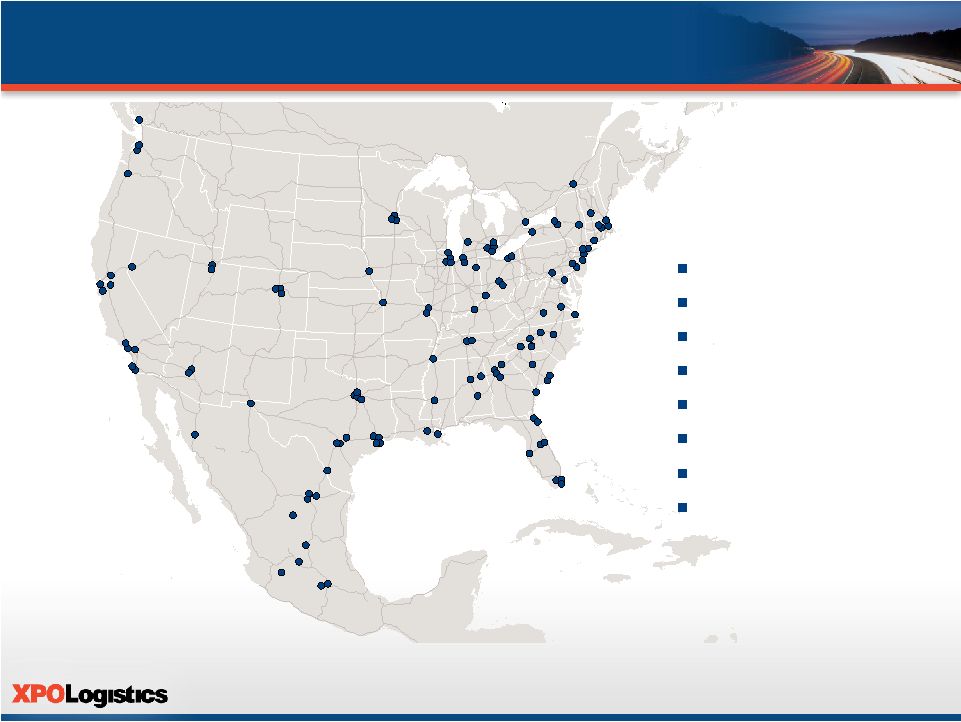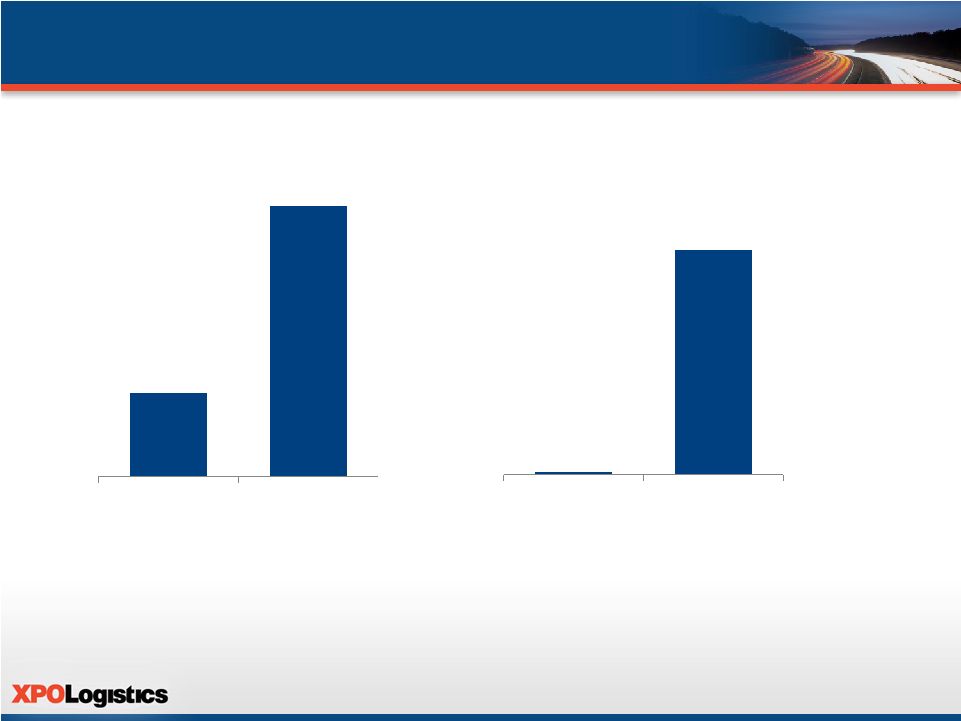2 Disclaimers Forward-Looking Statements This document includes forward-looking statements within the meaning of Section 27A of Securities Act of 1933, as amended, and Section 21E of the Securities Exchange Act of 1934, as amended. All statements other than statements of historical fact are, or may be deemed to be, forward-looking statements. In some cases, forward-looking statements can be identified by the use of forward-looking terms such as "anticipate," "estimate," "believe," "continue," "could," "intend," "may," "plan," "potential," "predict," "should," "will," "expect," "objective," "projection," "forecast," "goal," "guidance," "outlook," "effort," "target" or the negative of these terms or other comparable terms. However, the absence of these words does not mean that the statements are not forward-looking. These forward-looking statements are based on certain assumptions and analyses made by us in light of our experience and our perception of historical trends, current conditions and expected future developments, as well as other factors we believe are appropriate in the circumstances. These forward-looking statements are subject to known and unknown risks, uncertainties and assumptions that may cause actual results, levels of activity, performance or achievements to be materially different from any future results, levels of activity, performance or achievements expressed or implied by such forward-looking statements. Factors that might cause or contribute to a material difference include those discussed in XPO’s filings with the SEC and the following: economic conditions generally; competition; XPO’s ability to find suitable acquisition candidates and execute its acquisition strategy; the expected impact of the acquisitions, including the expected impact on XPO's results of operations; the ability to realize anticipated synergies and cost savings with respect to acquired companies; XPO’s ability to raise debt and equity capital; XPO’s ability to attract and retain key employees to execute its growth strategy, including acquired companies’ management teams; litigation, including litigation related to alleged misclassification of independent contractors; the ability to develop and implement a suitable information technology system; the ability to maintain positive relationships with XPO’s networks of third-party transportation providers; the ability to retain XPO’s and acquired companies’ largest customers; XPO’s ability to successfully integrate UX Specialized Logistics and other acquired businesses; rail and other network changes; weather and other service disruptions; and governmental regulation. All forward-looking statements set forth in this document are qualified by these cautionary statements and there can be no assurance that the actual results or developments anticipated will be realized or, even if substantially realized, that they will have the expected consequences to, or effects on, XPO or its businesses or operations. Forward-looking statements set forth in this document speak only as of the date hereof, and XPO undertakes no obligation to update forward-looking statements to reflect subsequent events or circumstances, changes in expectations or the occurrence of unanticipated events except to the extent required by law. Non-GAAP Financial Measures This report contains certain non-GAAP financial measures as defined under Securities and Exchange Commission (“SEC”) rules, such as adjusted earnings (loss) before interest, taxes, depreciation and amortization (“EBITDA”) for the quarter ended December 31 2014. As required by SEC rules, we provide reconciliations of this measure to the most directly comparable measure under United States generally accepted accounting principles (“GAAP”), which are set forth in this report. We believe that adjusted EBITDA improves comparability from period to period by removing the impact of our capital structure (interest expense from our outstanding debt), asset base (depreciation and amortization), tax consequences and transaction and integration costs related to certain acquisitions we have completed. In addition to its use by management, we believe that adjusted EBITDA is a measure widely used by securities analysts, investors and others to evaluate the financial performance of companies in our industry. Other companies may calculate adjusted EBITDA differently, and therefore our measure may not be comparable to similarly titled measures of other companies. Adjusted EBITDA is not a measure of financial performance or liquidity under GAAP and should not be considered in isolation or as an alternative to net income, cash flows from operating activities and other measures determined in accordance with GAAP. Items excluded from adjusted EBITDA are significant and necessary components of the operations of our business, and, therefore, adjusted EBITDA should only be used as a supplemental measure of our operating performance. |


































